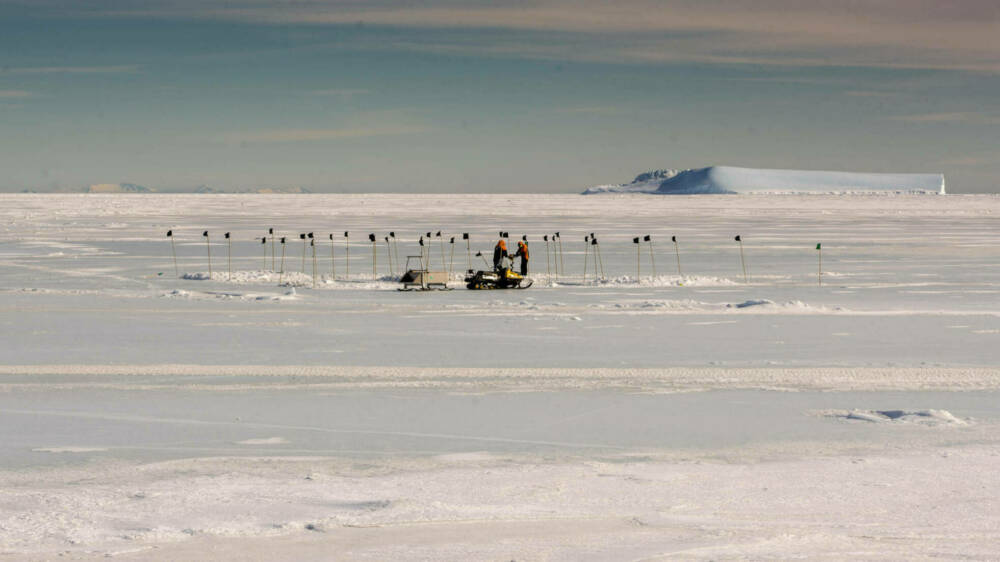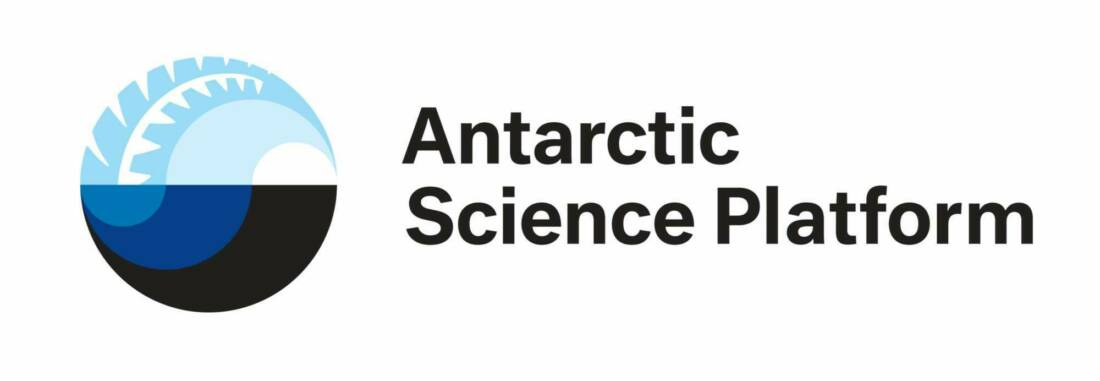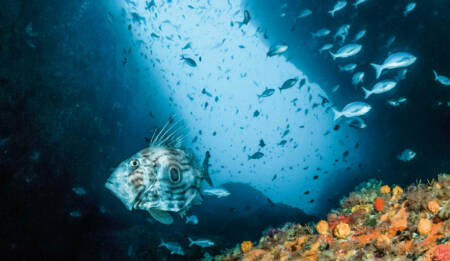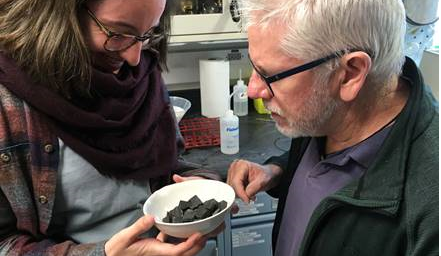Antarctic Science Platform Project 4: Sea ice and carbon cycle feedbacks
This project has two key focuses. Firstly, what causes year-on-year differences and long-term changes in how much Antarctic sea ice there is, how long it stays around for, and how thick it is. Secondly, the amount of C02 that the Southern Ocean absorbs and releases.

Background
The annual cycle of winter freezing and summer melting of Antarctic sea ice is one of the largest seasonal signals on Earth. It effectively doubles the size of the continent each year, and plays a critical role in regulating climate and ocean circulation. Antarctic ecosystems have evolved to be dependent on a predictable cycle of growth and contraction. Sea ice, along with ocean and atmospheric circulation, also plays an important role in determining the amount of CO2 absorbed by the Southern Ocean.
These interactions between sea ice, CO2, ecosystems and climate makes it crucial to understand Antarctic sea ice processes, in order to explain present-day trends and predict long-term changes in a world that is 2C warmer.
Project details
This project will investigate processes influencing sea ice variability and Southern Ocean CO2 uptake and resulting feedbacks on oceans, ice shelves, ecosystems, and carbon budgets. Researchers will use a range of data collection techniques from satellites, airborne instruments and measurements taken on the ice and on the ocean, with state-of-the-art modelling to examine the formation, movement and thickening of sea ice.
The research concentrates on the Ross Sea sea ice factories – the technical term is polynyas – or areas where strong winds regularly clear the ocean of ice, resulting in rapid freezing when those winds stop . These are crucial to the generation of ocean currents, CO2 dynamics and ecosystem processes. Other parts of the project investigate the role of sea ice as a habitat for organisms, and linkages between CO2 uptake, plankton and ocean mixing.
The research contributes broadly to an improved understanding of how sea ice currently interacts with climate and ecosystems, and how those interactions may accelerate or improve changing climate into the future.
What they hope to achieve
The researchers want to find answers to three questions:
- What are the drivers of sea ice variability and changes in Southern Ocean CO2 uptake?
- How are they related?
- What are the consequences?
Contact
Dr Natalie Robinson

Resource








